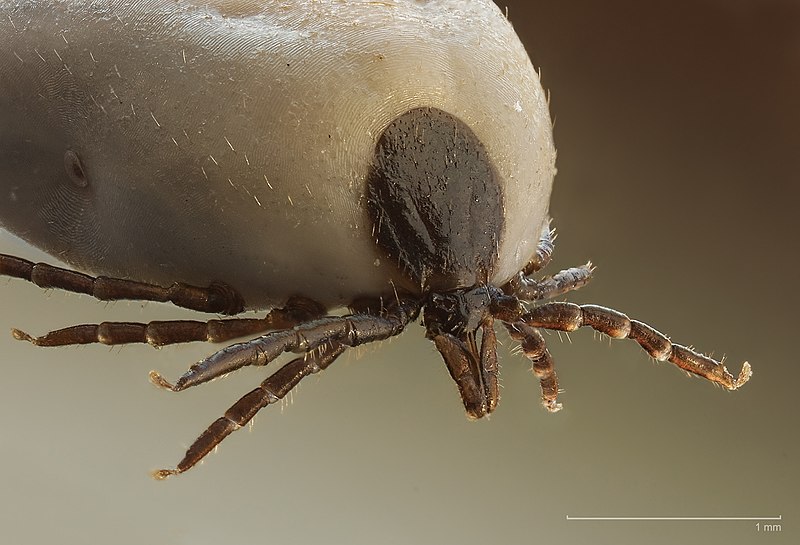Synthetic tick-spit protein may save lives
Date: 27.5.2020
One of the creepy things about ticks is the fact that not only do they suck your blood, but they're able to do so for a long time, undetected. Scientists have now synthesized the protein that lets them get away with it, and it may have life-saving medical applications.
 When a tick bites, it secretes proteins known as evasins in its saliva. These bind with molecules in the host animal's bloodstream, called chemokines.
When a tick bites, it secretes proteins known as evasins in its saliva. These bind with molecules in the host animal's bloodstream, called chemokines.
Ordinarily, in the event of an injury such as a bug-bite, these molecules trigger the body's immune response. This causes white blood cells to move to the wound site, which becomes inflamed. By binding to the chemokines, though, the evasins keep this from happening. As a result, the tick can continue feeding, with the host none the wiser.
Because evasins do suppress the immune response, which can sometimes be harmful itself, scientists have previously looked to using them in medications. Isolating them from the tick saliva has proven challenging, though, as has designing a method of harvesting them in large quantities.
Instead, scientists from Australia's University of Sydney have now succeeded in synthesizing the proteins from scratch. Additionally, PhD candidate Charlotte Frank has discovered that sulfate molecules attached to naturally produced evasins make them particularly effective at binding to chemokines.
It is therefore hoped that the synthetic evasins, spiked with sulfates, could ultimately be used to treat inflammatory illnesses – these could even include COVID-19, which causes inflammation of the lungs.























